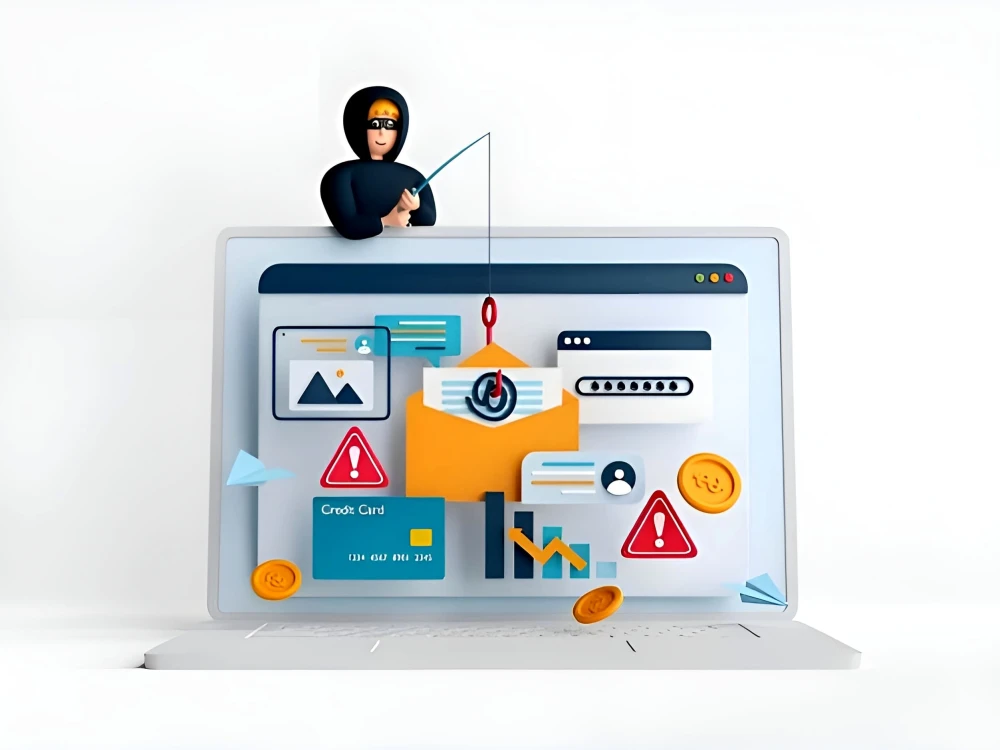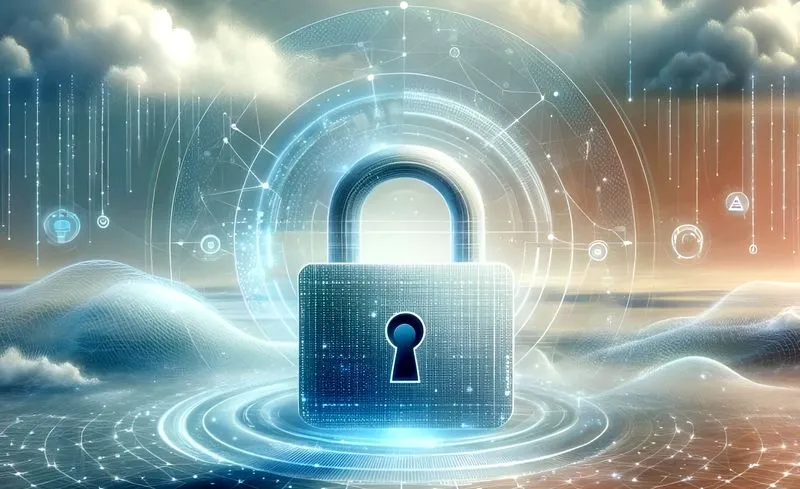Phishing: How to recognize scam emails and websites
14.09.2025

Phishing is one of the most common methods of online fraud, where cybercriminals try to trick users into revealing sensitive data such as passwords, logins, bank card numbers, or access to e-wallets. Most often, these attacks are disguised as official messages from banks, government agencies, or popular online platforms.
The main goal of phishing is to convince a person to hand over personal information without raising suspicion. Scam websites and emails are becoming more realistic, which is why it’s so important to know how to spot them.
A brief history: Where phishing started
The first phishing cases were recorded in the mid-1990s during the rapid growth of electronic communication. Initially, attackers sent emails pretending to be from popular services such as AOL. Users were asked to "verify their details to improve service." Those who entered their information fell victim to account theft.
As the internet and online banking grew, phishing became widespread. Today, it’s a multilayered fraud system that includes fake websites, link spoofing, malicious attachments, and even fake phone calls.
How dangerous are scam emails and websites?

The danger of phishing goes beyond financial losses. Criminals can gain access to corporate emails, internal documents, customer data, or private conversations. For individuals, the risk includes losing money from bank accounts, having social media accounts compromised, or spreading malware.
Large companies lose millions of dollars every year due to phishing attacks, as data leaks damage reputation and customer trust. For everyday users, the damage can also be severe, especially if attackers gain access to accounts and use them to trick others.
How to protect yourself from phishing
- Be cautious with emails and links: always check the sender and look for mistakes or odd attachments.
- Use antivirus software and email filters to block suspicious sites.
- Enable two-factor authentication for extra security.
- Avoid clicking on suspicious links — type the website address manually instead.
- Update your passwords regularly with strong combinations of letters, numbers, and symbols.

Types of phishing
- Email phishing — the classic form through fake emails with malicious links.
- Smishing — phishing attempts sent via text (SMS).
- Vishing — phone calls pretending to be from banks or government agencies.
- Spear phishing — targeted attacks on specific employees or companies.
- Pharming — DNS hijacking that redirects users to fake websites.
- Social phishing — scams through social media, fake profiles, or fraudulent messages.
Phishing: 5 signs of a scam email
- Suspicious sender — even one letter off from the real domain is a red flag.
- Spelling errors or unusual writing style.
- Urgent requests or threats like "immediate action required."
- Strange attachments or links.
- Too-good-to-be-true offers or prize notifications.
What to do if you clicked a phishing link
- Do not enter any personal information — close the site immediately.
- Clear your browser cache and history.
- Run a full antivirus scan on your device.
- Change your passwords, especially if you entered data on the fake site.
- Contact your bank or the relevant service provider.
- Warn colleagues and friends to prevent further spread.
Conclusion
Phishing is a serious threat in today’s digital world. Scammers are getting more sophisticated, but users can protect themselves with knowledge and the right habits. Understanding what fake emails and websites look like helps avoid financial losses and keeps your data safe.
Remember: in cyberspace, it’s better to be overly cautious than to fall victim to a scam. Staying alert and using modern security tools can make your online experience safer and more secure.